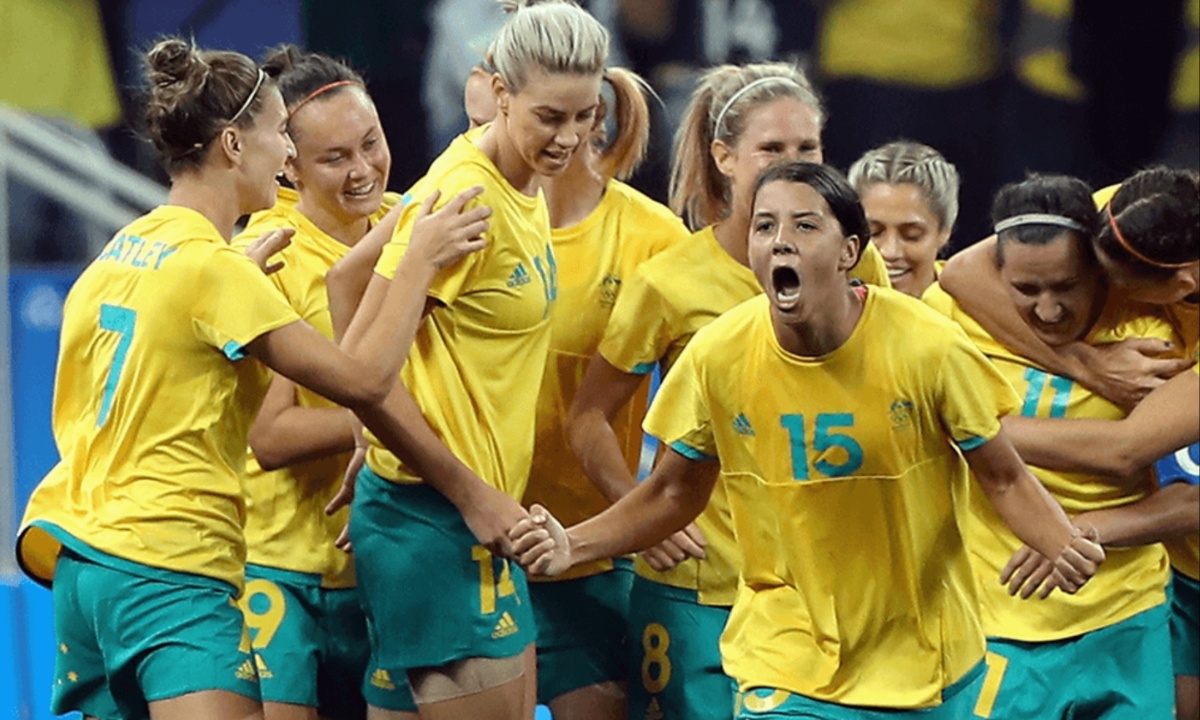Between 2019 and 2023, youth sports have seen significant changes, with girls’ participation rising substantially while boys’ involvement experienced a modest decline. This shift is driven by cultural, social, and safety factors that are reshaping the way children engage in athletics. Key influences include Title IX, the growing prominence of female athletes, and increased concerns about injuries in boys’ sports, all contributing to a more inclusive and balanced environment for young athletes.
Girls’ increased involvement in sports can be attributed largely to the continued impact of Title IX. Schools have intensified efforts to comply with this legislation, improving funding, coaching, and facilities for girls’ sports programs. Additionally, opportunities in nontraditional sports such as flag football and wrestling have expanded, attracting more female participants and offering greater variety in athletic choices.
Cultural shifts and the visibility of accomplished female athletes have further inspired girls to join sports. Iconic figures like Simone Biles, Serena Williams, and Megan Rapinoe have demonstrated strength, resilience, and leadership, encouraging young girls to aspire to similar achievements. Media coverage of events such as the Women’s World Cup has reinforced these trends, showcasing women in sports and normalizing their presence on teams.

In contrast, boys’ participation has slightly declined due to factors like early specialization, burnout, and shifting interests. Many boys are encouraged to focus on a single sport from an early age, leading to exhaustion and reduced enthusiasm by the time they reach high school. Meanwhile, the rise of esports and digital entertainment has offered boys alternative avenues for competition, diverting their attention from traditional athletic pursuits.
Concerns about safety, particularly in high-contact sports like football, have also contributed to the decline in boys’ participation. Parental hesitation regarding injuries, including the long-term effects of concussions, has led some families to steer boys toward safer options such as swimming or tennis. These decisions have caused participation in sports like football to drop by 5% between 2019 and 2023, even as girls’ involvement in sports like lacrosse and flag football has grown rapidly.
The changes in youth sports reflect a more diverse and inclusive future for athletics. Schools and organizations are adapting by expanding the range of activities offered and addressing challenges like safety and burnout. This evolving approach ensures that both boys and girls have meaningful opportunities to compete and grow, fostering a generation of athletes who can succeed on their own terms.
